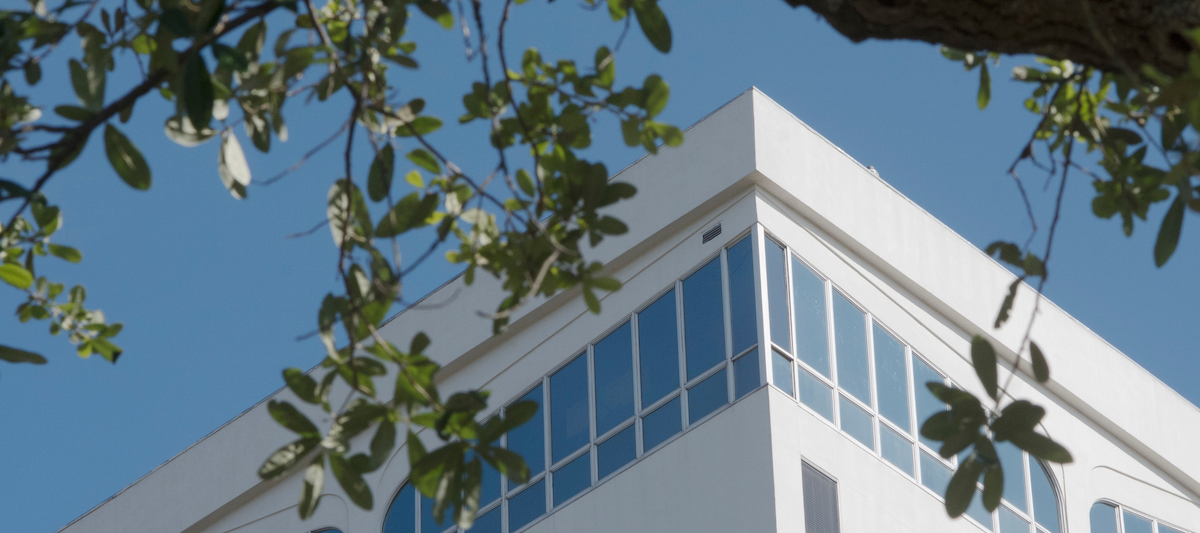LIBRARY
Library History
Louisiana Tech University was founded in 1894 as Louisiana Industrial Institute, by Act 68 of the General Assembly of Louisiana. The Honorable George M. Lomax, state representative from Lincoln Parish, introduced the legislation. Colonel Arthur Taylor Prescott, of Baton Rouge, was elected the school’s first president and he and his family immediately moved to Ruston where he began to oversee the construction of a two-story brick building known as “Old Main.”

From the beginning, the need for a library was recognized. Colonel Prescott set aside a room in “Old Main” to serve as a reading room. The room was furnished with tables, chairs, home-made shelves, and 125 books donated from his personal collection. It is from this beginning that the library has grown today.
By 1896 the library had grown rapidly. It occupied most of the central quarters of “Old Main” and contained a thousand volumes of standard works and a collection of periodicals. In 1896 the library was designated a partial federal depository of government publications and became a full federal depository in 1948. In 1955, it became a depository for Louisiana state documents.
In 1921 Louisiana Industrial Institute was officially renamed Louisiana Polytechnic Institute. The library continued to grow, and in 1927 it moved into its own building. This building was thought to be the only building the library would ever need. It had a capacity of about 49,000 volumes.
In 1942 the State Board of Education authorized the naming of
the Tech Library as Prescott Memorial Library in honor of the
school’s first president, Colonel Prescott.
As Tech’s enrollment increased, so did the library. By 1957, the library held approximately 65,000 volumes of books and bound periodicals and over 200,000 thousand government documents and again the need for a new building became apparent. In the academic year 1961-1962, the library moved again. With the move into the new building, the library became for the first time an open-stack facility where students and faculty had direct access to the library material.
On June 23, 1970 Governor John McKeithen signed a bill changing the name of the university to Louisiana Tech University. The library was fast reaching its capacity and plans were underway for a new building. Ground-breaking for the Wyly Tower of Learning, a sixteen story multi-purpose building abutting the existing library, was held in May 1970, and in 1973, the library moved into ten of its sixteen floors.
Many changes have occurred since the library moved into this new building. In 1982, the library began replacing the Dewey Decimal Classification system, which had been used since its organization, with the Library of Congress Classification system. In 1989, the library archival department was renovated and the American Foreign Policy Center established. The archives department is now digitizing portions of its collection and making the material available on the web.
In 1993 the library catalog was automated through the formulation of a state-wide consortium, officially known as the Louis Network. All library functions–acquisitions, cataloging, circulation, and serials–are now fully automated. Through this consortium, the library is connected to all other academic libraries in the state as well as many special libraries.
The consortium is a great asset to the library. Membership in the Louis Network has allowed the library to offer access to many important research databases, many with full-text access, and it continually provides the opportunity to expand the many services the library offers. The library maintains a web page (www.latech.edu/tech/library), provides electronic reserves and internet document delivery, and offers a document delivery subscription service through ScienceDirect.
The library facilities include conference rooms, computer stations, an electronic reference center, and an electronic instruction classroom complete with video data projector and document camera. Also housed in the library are a computer lab with Internet access, two classrooms with satellite teleconference downlink capabilities, and a compressed video classroom.